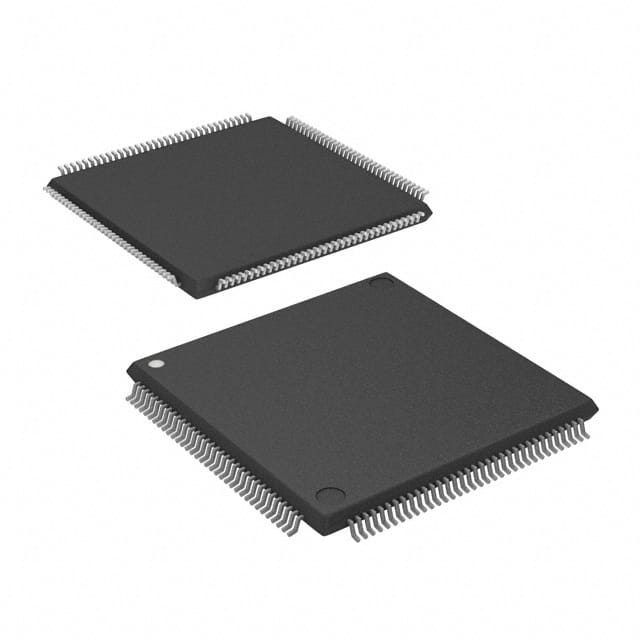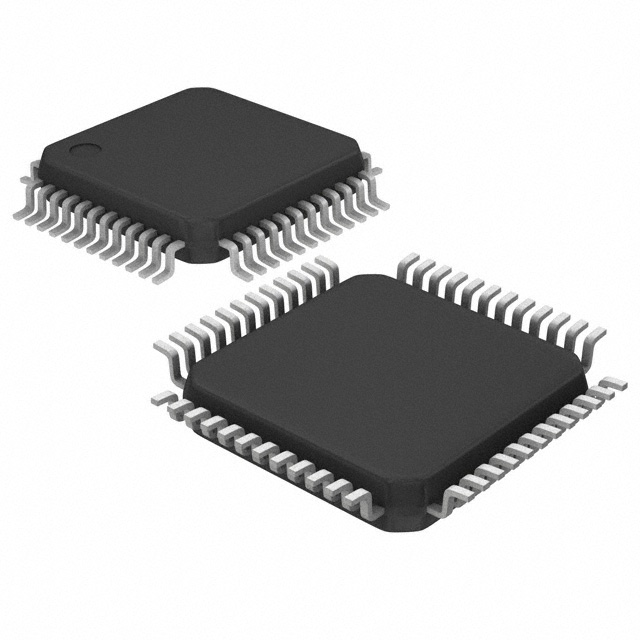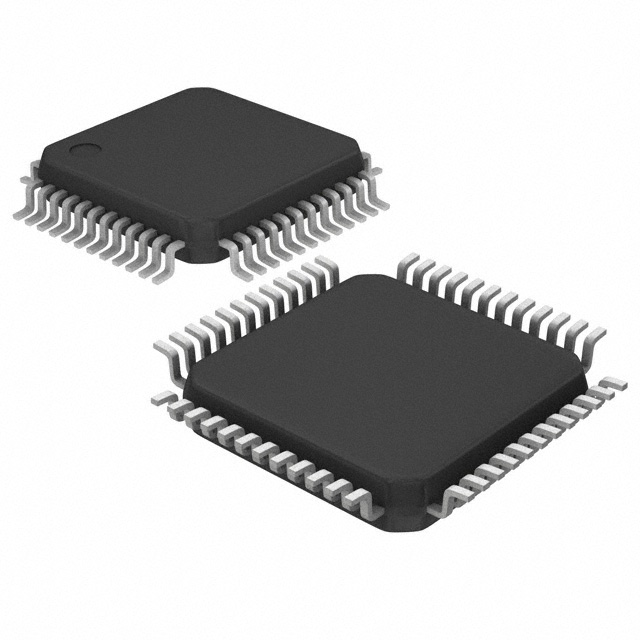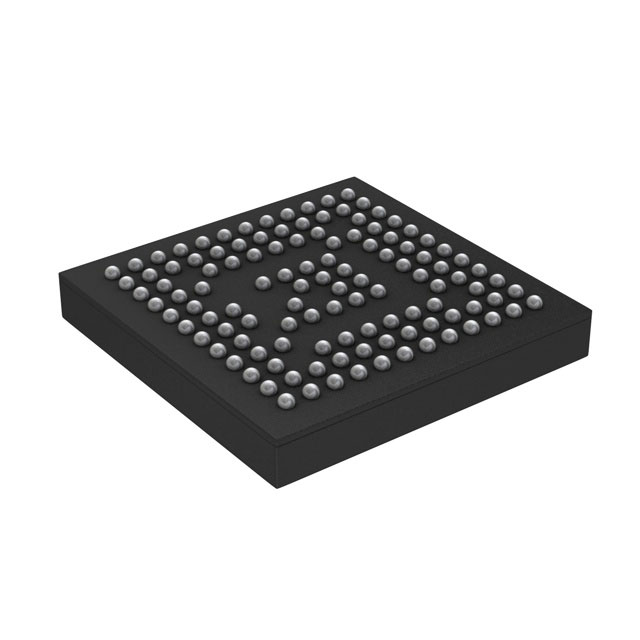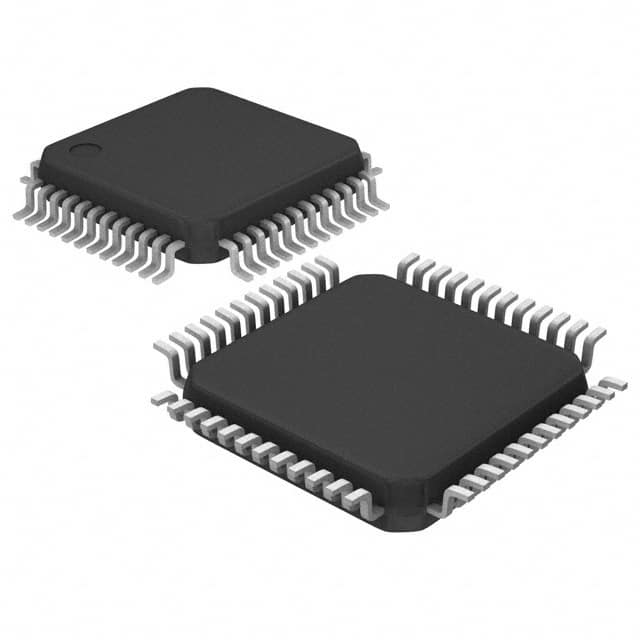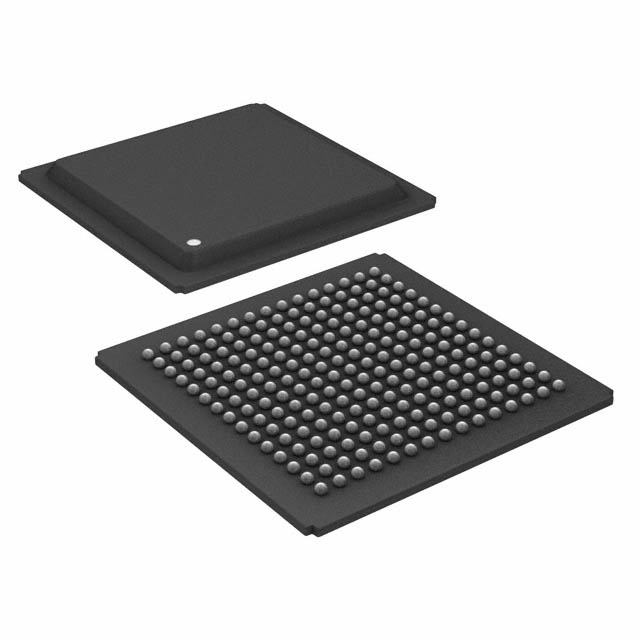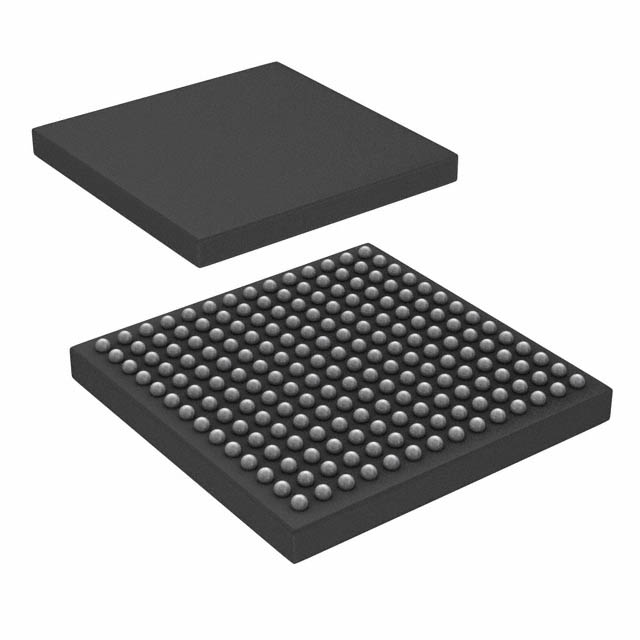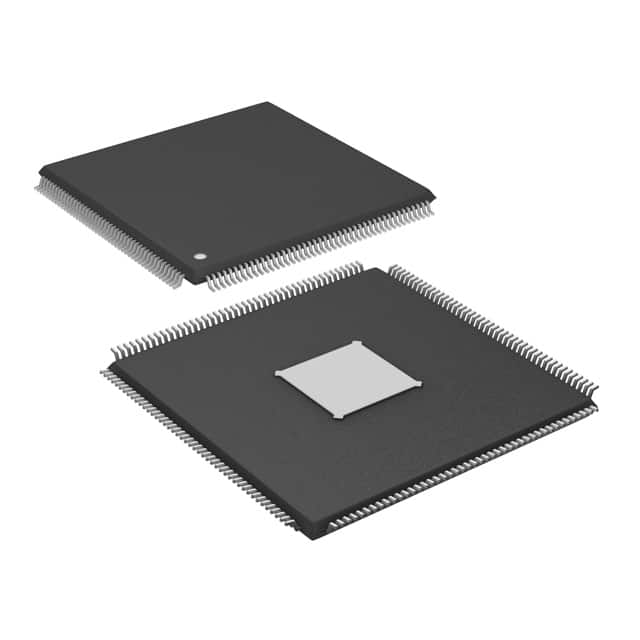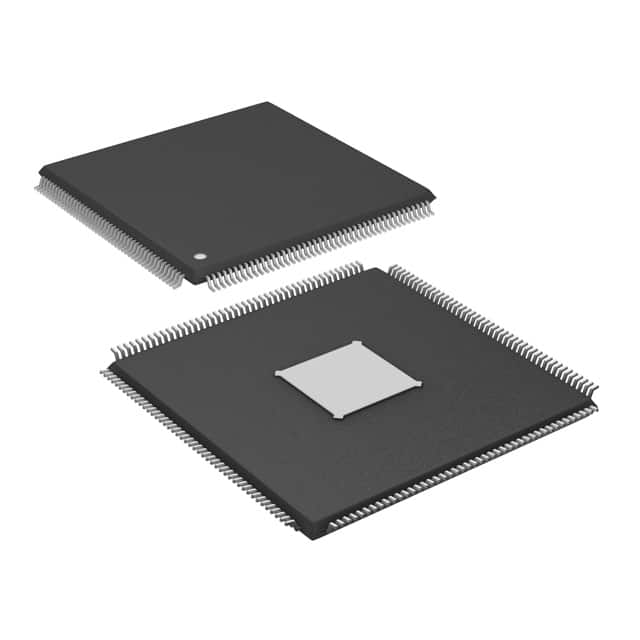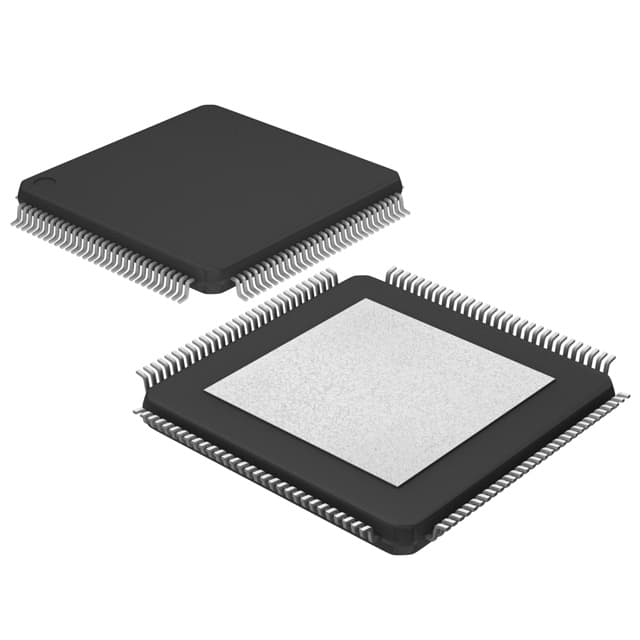ADAU1450WBCPZ-RL Product Introduction:
Analog Devices Inc. Part Number ADAU1450WBCPZ-RL(Embedded - DSP (Digital Signal Processors)), developed and manufactured by Analog Devices Inc., distributed globally by Jinftry. We distribute various electronic components from world-renowned brands and provide one-stop services, making us a trusted global electronic component distributor.
ADAU1450WBCPZ-RL is one of the part numbers distributed by Jinftry, and you can learn about its specifications/configurations, package/case, Datasheet, and other information here. Electronic components are affected by supply and demand, and prices fluctuate frequently. If you have a demand, please do not hesitate to send us an RFQ or email us immediately sales@jinftry.com Please inquire about the real-time unit price, Data Code, Lead time, payment terms, and any other information you would like to know. We will do our best to provide you with a quotation and reply as soon as possible.
Introducing the ADAU1450WBCPZ-RL, a cutting-edge product from Analog Devices Inc. that is set to revolutionize the audio processing industry. This highly advanced audio codec offers a wide range of features and capabilities, making it the perfect choice for a variety of applications.
The ADAU1450WBCPZ-RL boasts an impressive signal-to-noise ratio, ensuring crystal-clear audio quality. With its high-resolution audio processing capabilities, it can handle complex audio algorithms with ease, delivering an immersive and immersive listening experience. Additionally, its low power consumption makes it an energy-efficient solution for portable devices.
One of the standout features of the ADAU1450WBCPZ-RL is its flexible input/output configuration. It supports a wide range of audio interfaces, including I2S, TDM, and PDM, making it compatible with a variety of audio sources. This versatility allows for seamless integration into a wide range of audio systems, from consumer electronics to professional audio equipment.
The ADAU1450WBCPZ-RL finds its application in various fields, including automotive, home entertainment, and professional audio. In the automotive industry, it can be used for in-car infotainment systems, providing high-quality audio playback and processing. In the home entertainment sector, it can enhance the audio experience of televisions, soundbars, and home theater systems. Additionally, in the professional audio field, it can be utilized in mixers, amplifiers, and audio interfaces, delivering exceptional audio performance.
In conclusion, the ADAU1450WBCPZ-RL is a game-changing audio codec that offers unparalleled audio processing capabilities. With its versatile input/output configuration and wide range of applications, it is the ideal choice for audio enthusiasts and professionals alike.
DSP Digital Signal Processing (Digital Signal Processing) is a technology that uses computers or special processing equipment to digitize signals. It converts analog signals into digital signals, and uses efficient algorithms to sample, transform, filter, estimate, enhance, compress, identify and other operations, and finally gets a signal form that meets people's needs. Compared to general-purpose processors, DSPS typically have higher arithmetic throughput, lower latency, and more efficient memory management mechanisms, all of which are designed to meet the requirements of real-time signal processing.
Application
DSP (Digital Signal Processing) technology is mainly reflected in the accurate processing of signals. It can efficiently perform complex operations such as signal analysis, noise suppression and feature extraction, and provide reliable data support for subsequent decision or control. In addition, DSP also has high-speed computing power and low power consumption characteristics, especially suitable for scenarios that require real-time processing of large amounts of data, such as audio processing, video codec, communication systems, image processing, control systems and robots, medical and bioinformatics and other fields.
FAQ about Embedded - DSP (Digital Signal Processors)
-
1. What is embedded DSP?
Embedded Digital Signal Processor (EDSP) is a processor specially used for signal processing. It has been specially designed in terms of system structure and instruction algorithm, and has high compilation efficiency and instruction execution speed. Embedded DSP processors are good at high-speed implementation of various digital signal processing operations, such as digital filtering, spectrum analysis, etc.
Embedded DSP processors have been specially designed for system structure and instructions, making them suitable for executing digital signal processing algorithms, with high compilation efficiency and high instruction execution speed. This special design includes the optimization of DSP hardware structure and instructions, so that it can efficiently handle complex signal processing tasks.
-
2. What is built-in DSP?
Built-in DSP is a technology that combines digital signal processing (DSP) functions with power amplifiers. It not only has the power amplification function of traditional amplifiers, but also accurately processes and adjusts audio signals through DSP chips to provide a higher quality music experience.
The core advantage of built-in DSP lies in its powerful audio processing capabilities. Through DSP technology, audio signals can be optimized and managed to achieve active frequency division, delay processing, EQ debugging and other functions, thereby improving the performance of the audio system and making the sound clearer and more pleasant to listen to.In addition, DSP amplifiers also support parameter adjustment through computers, mobile phones and other devices, providing more flexible audio management solutions.
-
3. What are the three types of signal processors (DSP)?
There are three main types of signal processors (DSP): enhanced DSP, VLIW structure, superscalar architecture, and SIMD structure hybrid structure.
Enhanced DSP: This DSP has a highly optimized instruction set and structure that can quickly execute common signal processing algorithms. They are often used in applications that require high-speed signal processing.
VLIW structure: DSP with VLIW (Very Long Instruction Word) structure can execute multiple instructions in one cycle, thereby increasing processing speed. This structure is suitable for applications that require high parallel processing capabilities.
Superscalar architecture and SIMD structure hybrid structure: These structures combine the advantages of superscalar and SIMD (Single Instruction Multiple Data) technologies, can process multiple data in a single instruction cycle, and are suitable for application scenarios that require high-performance computing.
 Lead free / RoHS Compliant
Lead free / RoHS Compliant












